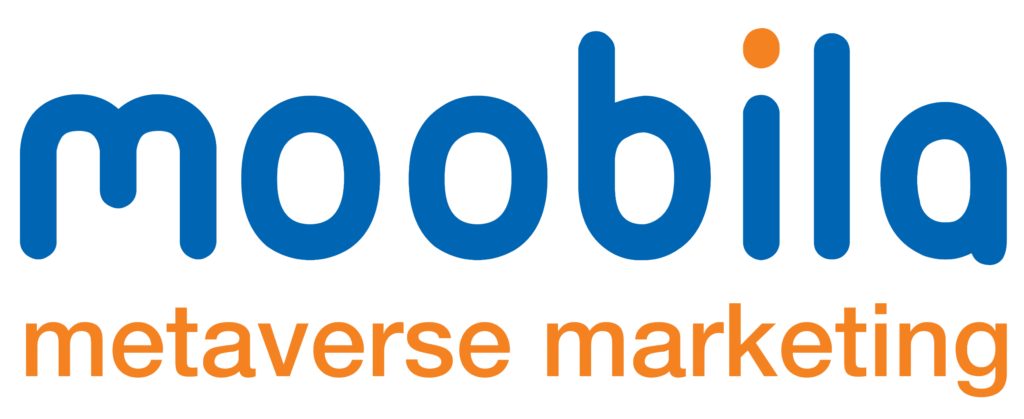In the ever-evolving world of mobile app development, staying competitive requires more than just a brilliant idea. The technology you choose to build your app plays a major role in determining how scalable, maintainable, and successful it will be. This is where a solution stack becomes vital.
A solution stack, also known as a software stack or technology stack, is the combination of programming languages, frameworks, libraries, servers, tools, and software used to build a complete mobile application. Think of it as the full ecosystem that powers the front end and back end of an app, from user interface to server-side logic.
Let’s break down why understanding the solution stack is so important in mobile app development and explore the common components that make it up.
Understanding the Solution Stack in Mobile App Development
When developing a mobile application, developers don’t just write code in a single language and upload it to an app store. A complete ecosystem is needed to manage the app’s user experience, functionality, data processing, server communication, and more.
A solution stack provides a structured approach to choosing tools and technologies, ensuring that they work together seamlessly. It ensures optimal performance, efficient development, and smooth integration across platforms.
Key Components of a Mobile Application Solution Stack
To better understand what a solution stack looks like, let’s break it down into its four core layers:
| Stack Layer | Purpose | Common Tools |
| Frontend (Client-Side) | Interface the user interacts with | React Native, Flutter, Swift, Kotlin |
| Backend (Server-Side) | Handles logic, database communication, APIs | Node.js, Django, Laravel, Ruby on Rails |
| Database | Stores user and application data | MySQL, MongoDB, PostgreSQL, Firebase |
| Infrastructure & DevOps | Manages deployment, hosting, scaling, monitoring | AWS, Docker, Kubernetes, Jenkins, Azure |
Frontend Technologies in a Solution Stack
The frontend is what users see and interact with on their mobile screens. The goal here is to offer a smooth, intuitive, and visually appealing experience.
Popular frontend tools include:
- React Native: Allows you to build apps using JavaScript and deploy to both iOS and Android.
- Flutter: Google’s open-source toolkit for building natively compiled applications from a single codebase.
- Swift: Native development for iOS apps.
- Kotlin: Native development for Android apps.
Each of these tools can be a part of your solution stack depending on whether you want to build native, hybrid, or cross-platform apps.
Backend Technologies in a Mobile Application Solution Stack
The backend handles what goes on behind the scenes business logic, user authentication, data processing, and communication with the database.
Some of the most commonly used backend technologies are:
- Node.js: Great for scalable, real-time applications.
- Django: A Python framework known for security and scalability.
- Laravel: A PHP framework that’s clean, expressive, and developer-friendly.
- Ruby on Rails: A mature, elegant framework for rapid development.
Choosing the right backend depends on your app’s complexity, scalability needs, and developer familiarity.
Choosing the Right Database for Your Stack
Your mobile app will rely heavily on databases to store and retrieve data like user profiles, settings, messages, and content.
Here are some options:
- MySQL and PostgreSQL: Reliable and powerful relational databases.
- MongoDB: A NoSQL database perfect for unstructured or rapidly changing data.
- Firebase: Offers real-time database and backend-as-a-service, ideal for smaller projects or MVPs.
The right database for your solution stack depends on how structured your data is and how often it needs to be updated.
Infrastructure and DevOps in Solution Stack
To get your mobile app from a local development environment into the hands of users, infrastructure and DevOps tools are essential.
Key tools in this layer include:
- AWS & Azure: Cloud providers that offer scalable hosting solutions.
- Docker: Used to containerize applications for consistent deployment.
- Kubernetes: Manages containers and helps scale applications efficiently.
- Jenkins & GitHub Actions: Automate the CI/CD pipeline.
These tools are critical for continuous development, testing, deployment, and monitoring especially as your app grows in complexity and user base.
Native vs Cross-Platform: How It Affects Your Solution Stack
The choice between native and cross-platform development significantly influences your solution stack.
- Native Stack: Uses Swift (iOS) or Kotlin (Android) and typically includes native SDKs and tools. Ideal for apps requiring high performance and deep hardware integration.
- Cross-Platform Stack: Uses frameworks like React Native or Flutter. Allows you to write once and deploy on both platforms, which saves time and resources.
Each approach has its pros and cons, and your decision will shape the components of your stack.
Benefits of a Well-Planned Solution Stack
Here’s why choosing the right solution stack matters:
- Faster Development: Pre-defined technologies and tools speed up the development cycle.
- Better Performance: A stack with compatible components ensures smooth app performance.
- Scalability: Future upgrades, traffic handling, and new features become easier.
- Maintainability: Easier for developers to debug and update the app.
- Security: Choosing proven technologies helps secure user data and app integrity.
A cohesive stack leads to fewer bottlenecks, happier users, and faster time-to-market.
Why the Right Solution Stack Matters
The technology stack you select can make or break your app. A well-structured solution stack ensures:
- Security: Using trusted tools and services helps protect user data.
- Performance: Optimized stacks ensure quick load times and smooth operation.
- Scalability: A strong back-end allows your app to handle more users as it grows.
- Cost-efficiency: The right stack reduces unnecessary development and maintenance costs.
In essence, your app’s success starts with the tech choices made at the development stage
Summing it Up
The right solution stack doesn’t just support your mobile application, it elevates it. By carefully selecting the tools and technologies across each development layer, you ensure a robust, scalable, and user-friendly product.
If you’re looking to build a mobile app that stands out in today’s competitive digital landscape, working with experts who understand how to construct the perfect solution stack is key. At Moobila, we specialize in crafting custom tech stacks tailored to your unique app vision, ensuring innovation, performance, and long-term success.



